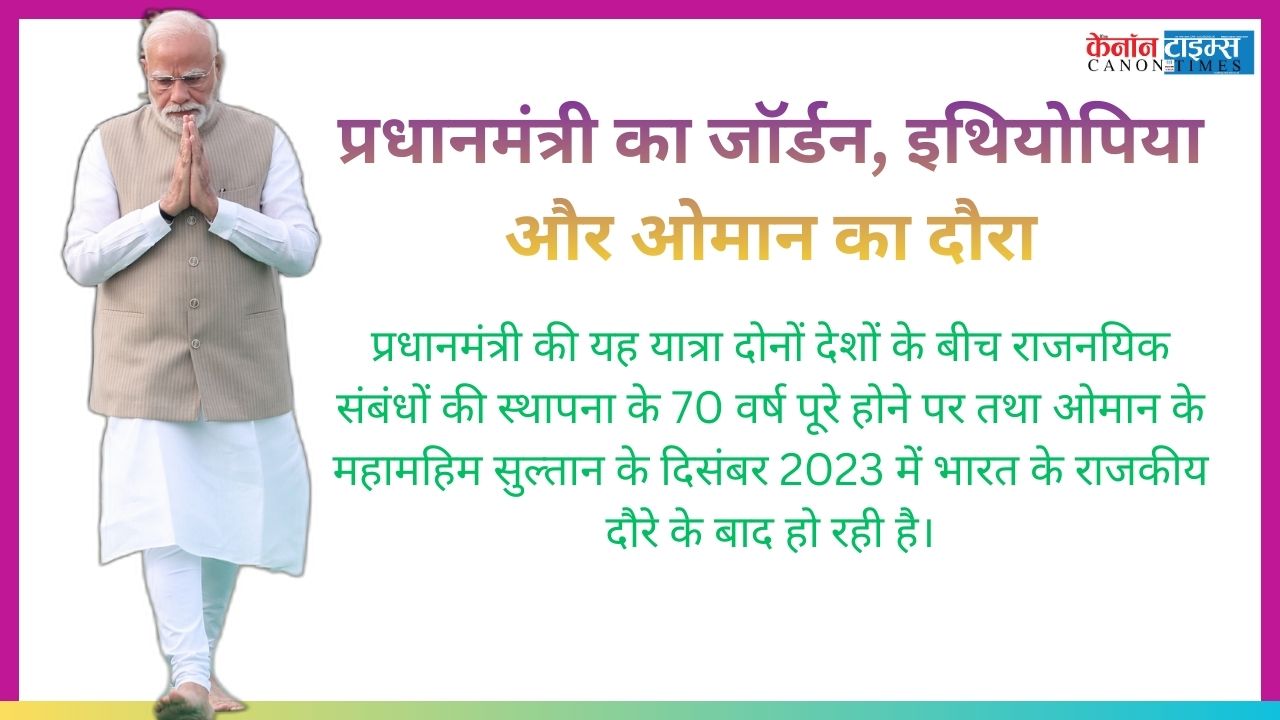Although only somewhat, India’s merchandise exports are off to a good start this year after declining by more than 3% in 2023–24, a year marked by several logistical and geopolitical interruptions to international trade. $34.99 billion in outbound shipments were recorded in April of this year, representing a meagre increase of $370 million, or 1.07%, over the same month last year. Compared to 13 the previous month, 17 of India’s top 30 export categories recorded year-over-year declines. Significantly, these drops are occurring on a shaky foundation; in April 2023, goods exports plummeted 12.7%, and 20 of the top 30 commodities saw a loss in export values.
Only four categories contributed significantly to last month’s little increase: pharmaceuticals, chemicals, electronics, and, most significantly, petroleum products. These categories recovered from a 35% decline in March thanks to an increase in the price of crude oil globally. Regarding the fip side, the country’s goods import bill increased by 10.25% to over $54 billion as a result of the spike in gold and oil prices through April. Because of this, last month’s trade deficit was $19.1 billion, the biggest in the previous four months, and approximately 22.5% larger than the deficit in March. Oil prices may rise to $100 per barrel if the OPEC+ club, which meets in early June, decides to prolong output limits.
Furthermore, the ongoing global savings rush towards gold as a safe haven may continue to drive up the price of India’s preferred yellow metal. In addition to the negative consequences on the domestic front (such as increased fuel costs), such a situation would put pressure on the trade balance and the rupee.
The World Trade Organisation predicts that global trade volumes will increase by 2.6% this year following a 1.2% decline in 2023. The government is optimistic that lower inflation and better growth rates in India’s major western markets will boost demand. To capitalise on such a rebound, India must tighten its strategy and make sure that any profits made will benefit the whole national economy.
This necessitates tackling the issues affecting labor-intensive industries like clothing and footwear, where the nation has recently been falling short of competitors like Bangladesh and Vietnam. April saw a continuation of the declining trend for these industries as well as for jewels and jewellery. It’s also crucial to take more aggressive action against claims of labour or environmental abuses (directed against the expanding prawn export industry) or product quality issues (in the case of medications or spices, for example). Furthermore, with a robust monsoon forecast, agricultural exports, which were slowed down in the fight against infection, need to be boosted again as soon as possible. The incoming administration needs to get to work immediately to boost the export growth engine and make sure the trade balances don’t get out of control.
ABHISHEK VERMA
Author: This news is edited by: Abhishek Verma, (Editor, CANON TIMES)
Authentic news.






